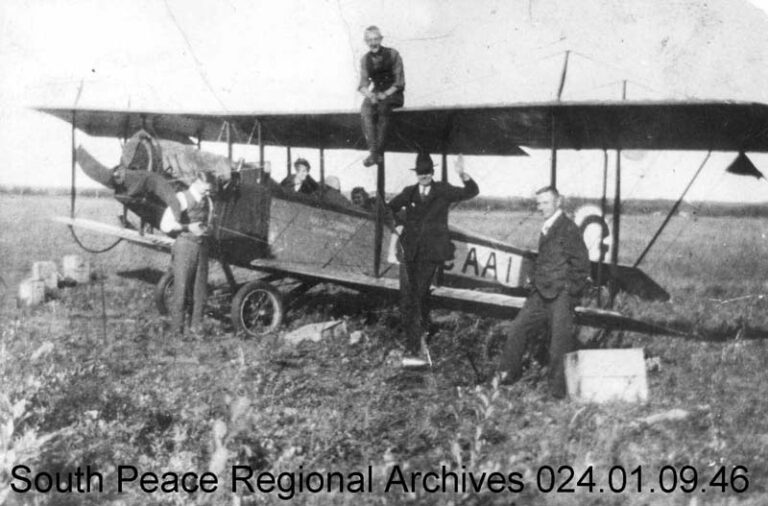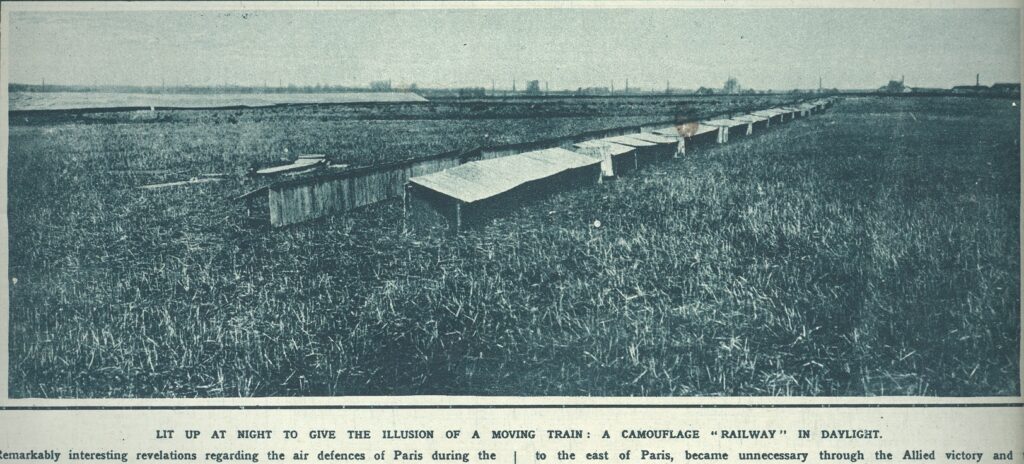1) Slugs were used to detect poison gas attacks.
Source: How did animals (even slugs) serve in World War I?
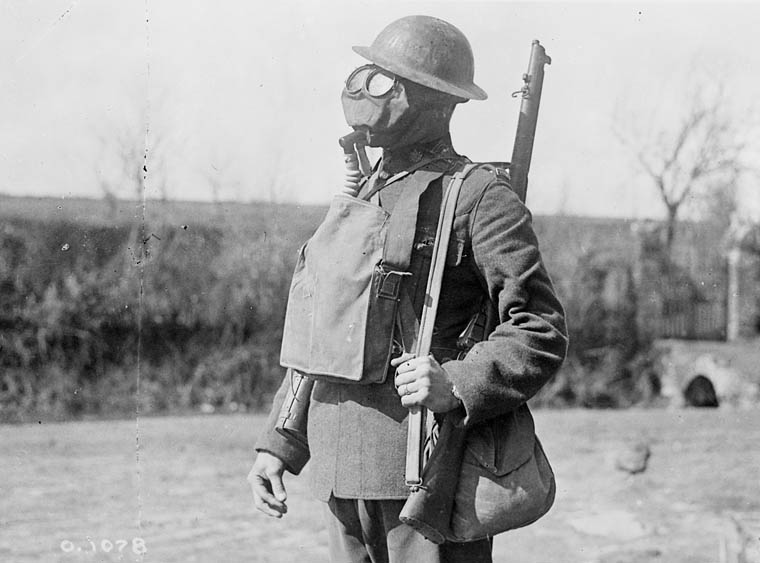
2) There were separate battalions, called “bantam battalions”, for short men (under 5’4″ tall).
Source: B.C. Bantams
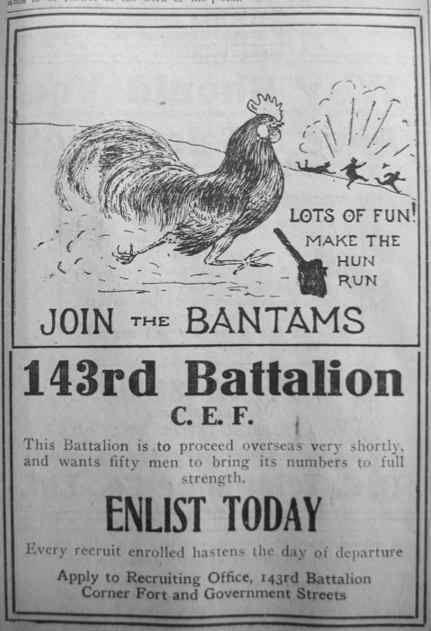
3) A fake Paris was constructed to fool German pilots.
Source: Second Paris Built to Fool the Germans
4) By war’s end, it was estimated that 1,000 Canadian soldiers were marrying European women (mostly British) each month.
Source: Canadian War Brides of the First World War
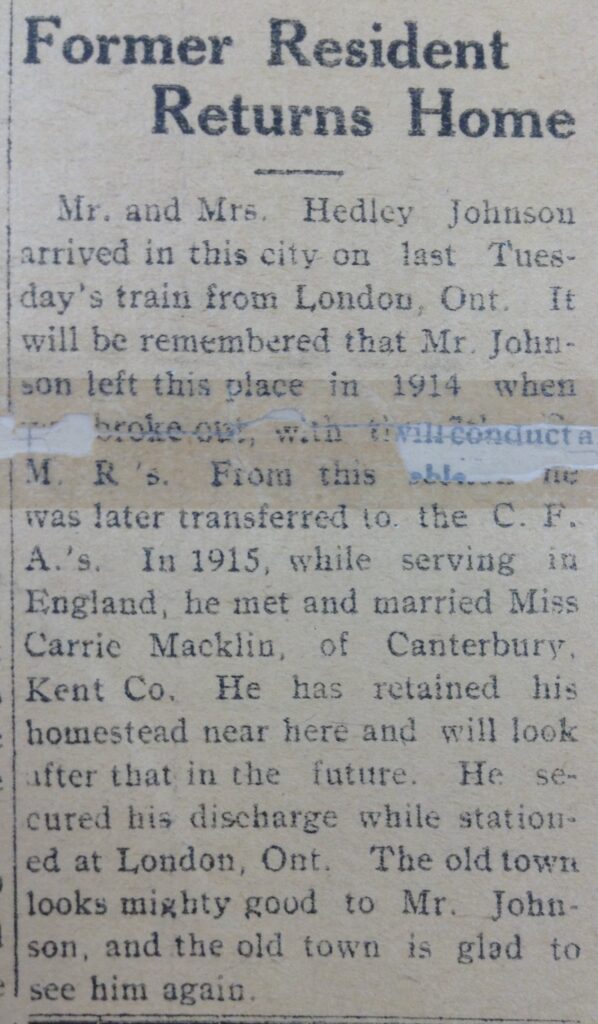
5) Pilots in the Royal Flying Corps/Royal Air Force were not allowed to have parachutes.
Source: Wikipedia – The Royal Flying Corps
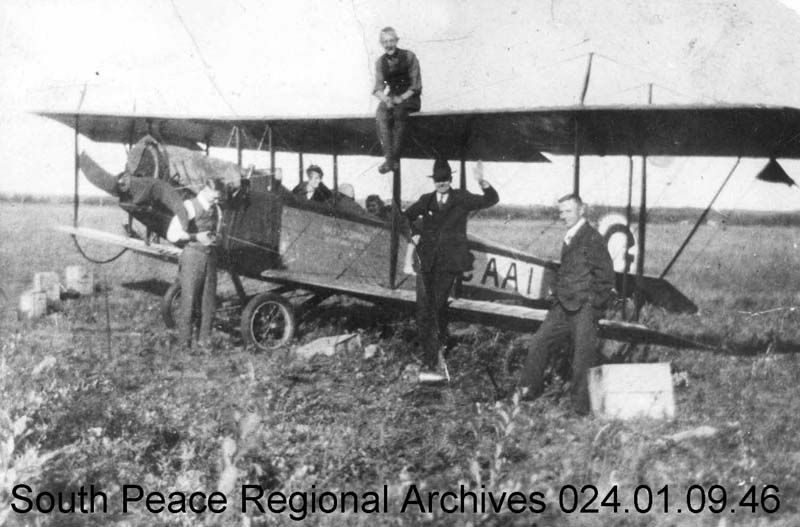
6) Daylight Savings Time was first used during the First World War as a way to conserve coal.
Source: History of Daylight Savings Time; For men used to mining – fighting in trenches was seen as an escape FROM HELL
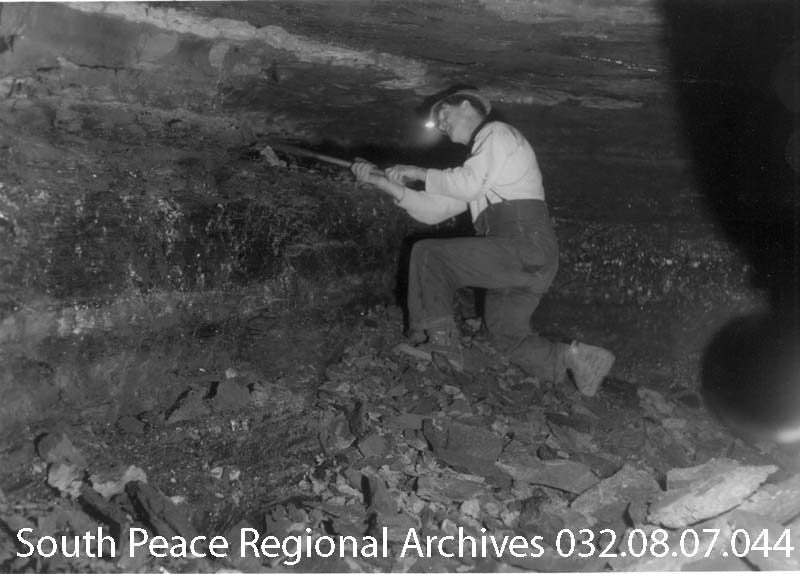
7) The Halifax Explosion (1917) was the largest man-made explosion to occur before the dropping of the atomic bombs in the Second World War.
Source: The Canadian War Museum – The Halifax Explosion
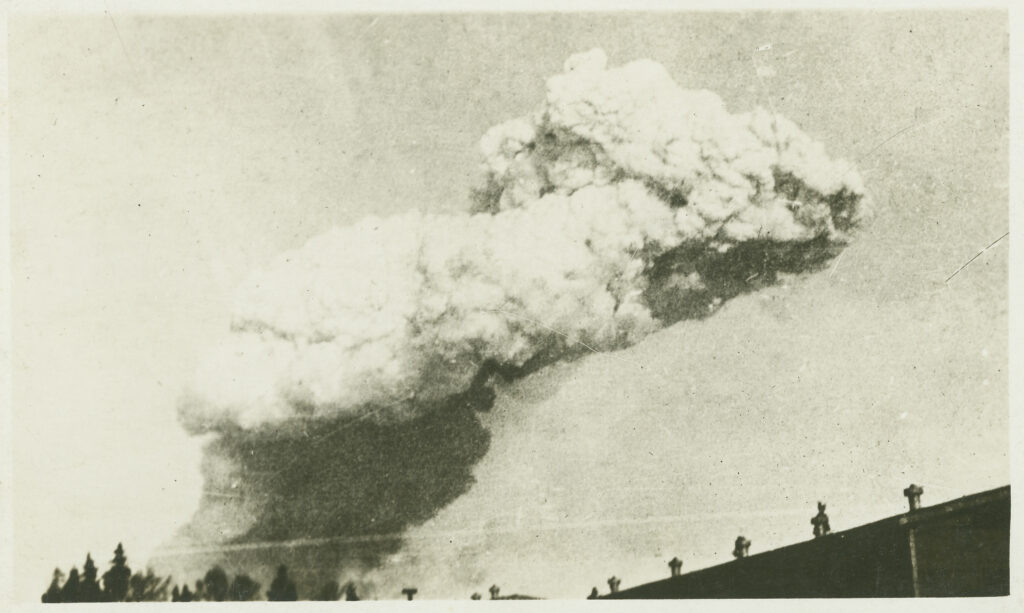
8) White feathers were frequently given to men in civilian clothing to label them as cowards, but on more than one occasion the recipient was in fact a soldier returned from the front.
Source: Wikipedia – White Feathers in World War I
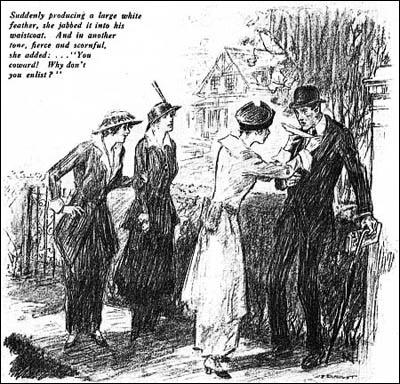
9) Tanks were categorized as ‘male’ and ‘female’. Female tanks had only machine guns, while male tanks had a 6-pounder cannon.
Source: Wikipedia – British Heavy Tanks of World War I
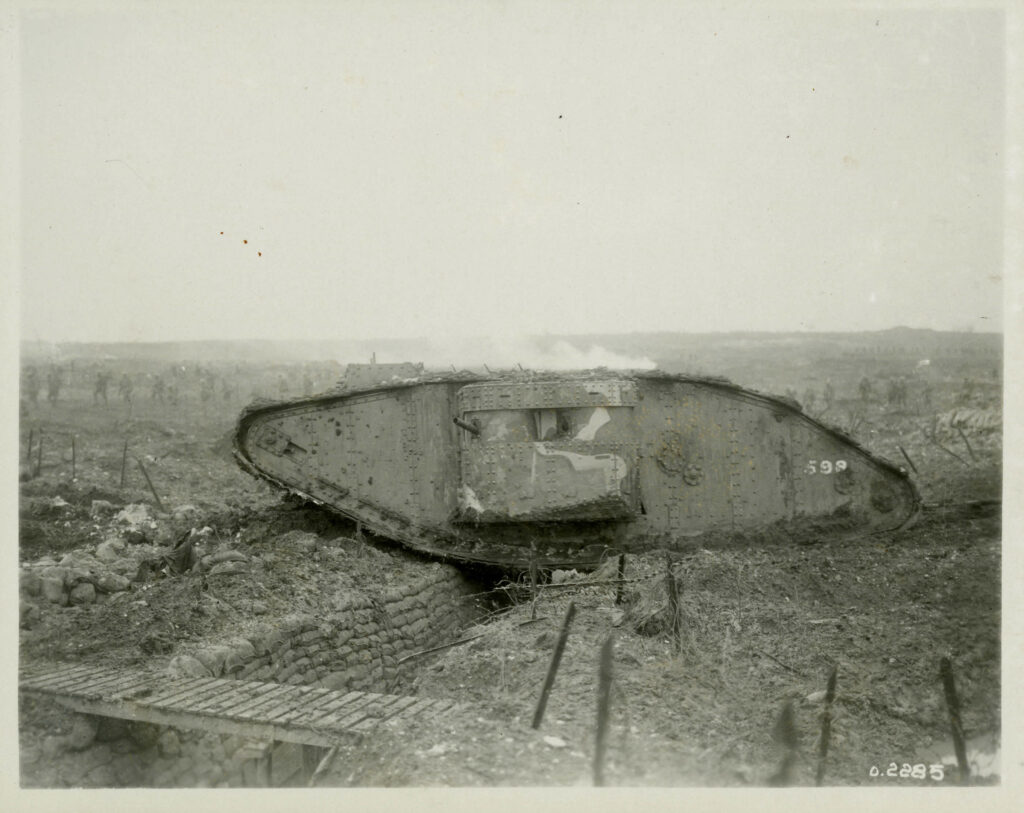
10) During the Christmas of 1914, Allied and German soldiers met in ‘No Man’s Land’ to exchange greetings, gifts, and play football.
Source: Wikipedia – Christmas Truce
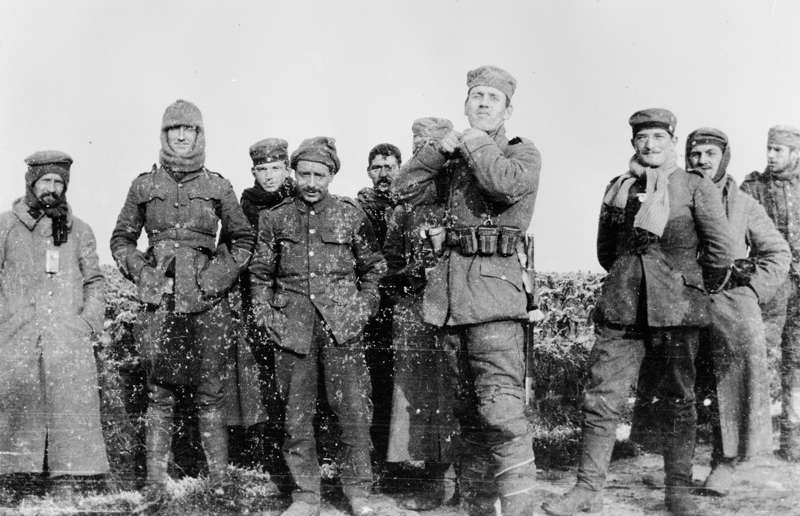
Compiled by Kaylee Dyck
